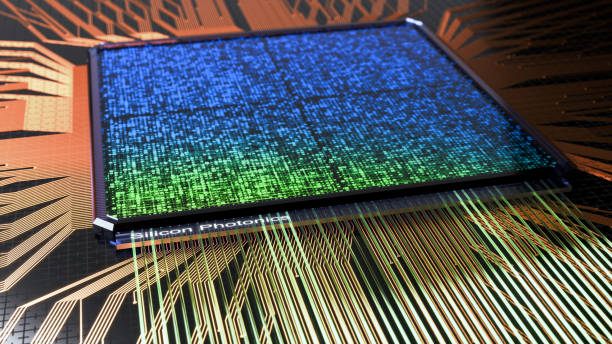Capturing Light: The Emergence of Photonic Computing
The first computers were massive, room-filling machines that consumed large amounts of power. Over the years, computers have become smaller and faster, thanks to the rapid advancement of technology. But even with these strides, the limitations of electronic computing are becoming increasingly apparent. Enter photonic computing—a technology that uses light instead of electricity to perform computations.

The Dawn of Photonic Computing
Photonic computing was conceived in the 1980s, but it was only recently that scientists made significant breakthroughs. At its core, it operates on the principle of using photons (light particles) instead of electrons for computing. This approach significantly reduces heat generation and energy consumption, two major constraints in current computing technologies.
The Present State of Photonic Computing
In November 2020, an international team of researchers announced the creation of the first photonic integrated circuit—a significant leap in making photonic computers a reality. This chip, capable of performing complex calculations using light, represents a new era in computing technology. Its development has the potential to revolutionize industries from artificial intelligence to telecommunications.
The Potential Impact on the Market
The potential of photonic computing is enormous. It promises to deliver faster, more energy-efficient computers that can solve complex problems far beyond the reach of current technology. While it’s still early days, the market for photonic computing is estimated to reach billions of dollars in the next decade. This prediction is based on the potential applications of the technology across various sectors.
Looking Ahead: The Future of Photonic Computing
While photonic computing is still in its early stages, its potential is immense. It could spark a new computing revolution, much like the transition from vacuum tubes to transistors did in the mid-20th century. As researchers continue to make strides in this field, the day when photonic computers become a part of our everyday lives may not be far off.
In conclusion, photonic computing represents a significant shift in computing technology. It is an exciting development that promises to revolutionize not just the world of computing, but also numerous other industries. As we move forward, it will be interesting to see how this technology develops and reshapes our world.






